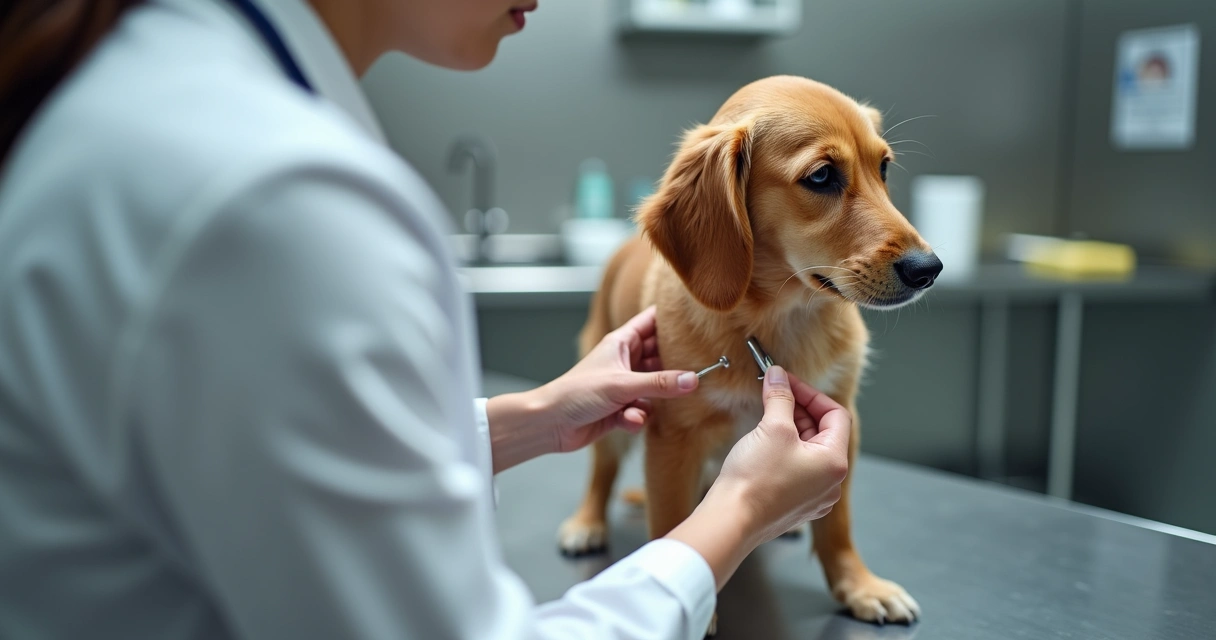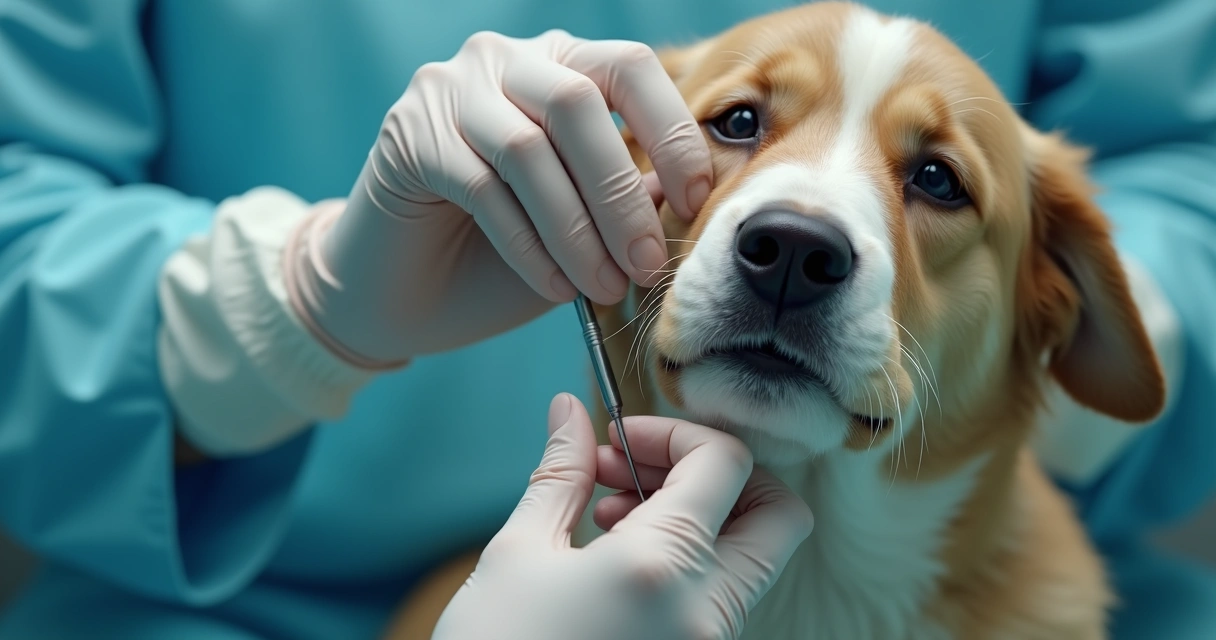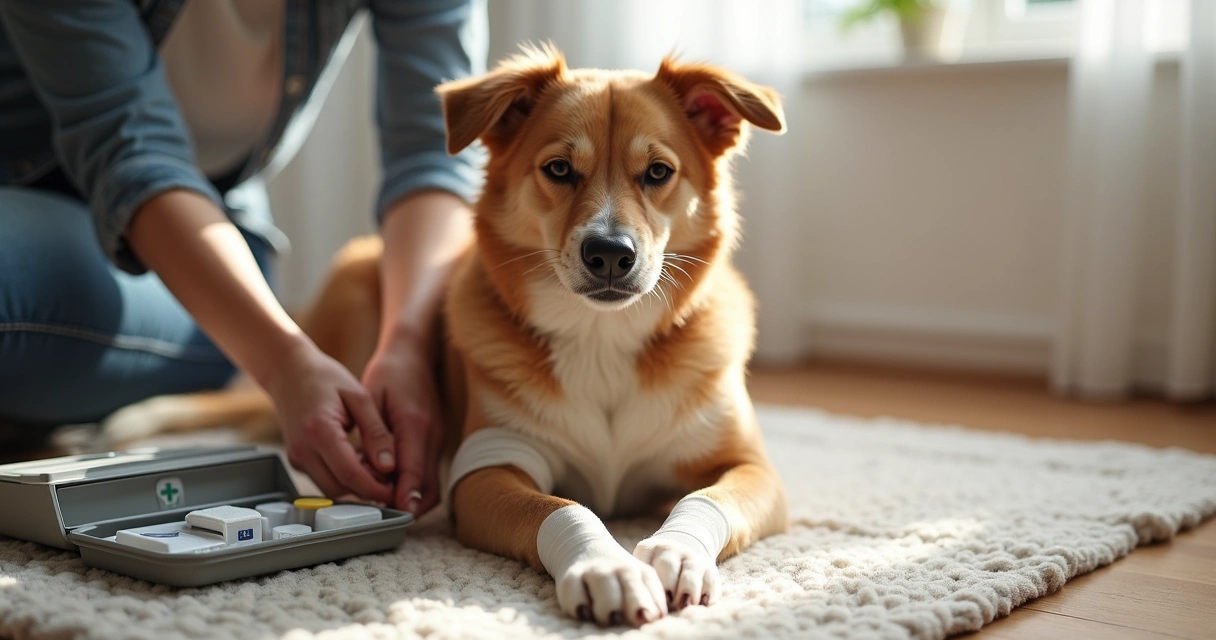When I brought home my first rescue dog years ago, the word microchip sounded a little mysterious. It felt almost sci-fi to think about putting technology inside a pet I loved. But after many years, chats with vets, and helping clients at Dogtown, I see that pet microchipping isn’t just a trend—it’s a safety net. If you care for a furry friend, understanding microchips in 2026 means knowing exactly what they offer, their limits, and the best way to keep pets safe and happy.
What is pet microchipping?
A pet microchip is a tiny device, just about the size of a grain of rice, that holds a unique identification number for your pet. The chip is inserted just under the skin, usually between the shoulders. Vets and animal shelters scan it with a special device to see who the animal belongs to. As the Virginia–Maryland College of Veterinary Medicine explains, the procedure is quick and simple, and the chip remains in place for life (details on the procedure and benefits).
You can’t see or feel a microchip, but it can change a pet’s life.
It’s not a GPS tracker. It won’t tell you where your pet is every second. Instead, if your pet is found and taken to a vet or shelter, the chip links back to you (as long as your info is up to date).
Why microchip your pet?
In my experience at Dogtown, lost pets are a constant worry for owners. Whether a dog slips out the door or a cat wanders farther than usual, the fear is real. But the numbers back up why microchipping matters. According to an Ohio State University study, dogs with microchips are 2.4 times more likely to find their way home. For cats, the numbers are even more striking: microchipped cats are 21.4 times more likely to be reunited with their owners than those without chips.
- It boosts your chances of seeing a lost pet again.
- Collars and tags can break or fall off, but a microchip stays with your pet for life.
- Microchipping doesn’t hurt daily activities like grooming or daycare—they’re just as happy as before.
I’ve seen more than one reunion at Dogtown thanks to a working microchip and registered info. The joy on both sides is unforgettable.
How does the microchipping process work?
If you imagine a vaccination shot, you’re already close. During a regular vet visit, the chip is inserted under your pet’s skin with a needle. Most pets react with just a small flinch or don’t notice at all. The whole process usually takes less than a minute.

According to veterinary experts, side effects are rare. Sometimes there’s a little swelling, but it fades quickly. Once it’s in, the chip doesn’t move around, and animals forget it’s there while they run, play, or relax during daycare or boarding at Dogtown.
What information does a microchip hold?
Here’s the thing that some owners get wrong. The chip itself doesn’t hold much: just an ID number. When shelters, vets, or Dogtown staff scan the chip, it brings up that number. The real magic happens because you registered the chip’s number with your contact info in a pet database. That’s how a stranger can help get a wandering pet back home.
Keeping your information up to date is the only way microchips help. Move house? Change your phone number? Don’t forget to update those details in the registry the chip maker recommends.
Are microchips enough for pet ID?
I’ve had clients at Dogtown ask if their pets need a collar if they’ve been microchipped. From my experience and the research I’ve read, it’s not an either-or question. The Indoor Pet Initiative at Ohio State University suggests microchips and visible ID (like a collar and tag) together. Microchipping gives you a backup if a collar slips off, but not everyone who finds your pet will scan for a chip right away—they may check the tag first.
- Collars with ID tags are visible, immediate safeguards.
- Microchips offer permanent ID if those are lost.
Both together mean more peace of mind—something our Dogtown clients seem to appreciate.
How microchipping fits into daily care
I often remind owners that microchipping isn’t just for runaways. Life happens fast. Imagine dropping a pet off for boarding at our boarding program, or sending them to day camp for the first time. If you’re traveling or in a crisis, knowing your pet can always be traced back to you, thanks to a chip and a well-run facility, makes such a difference.

At Dogtown, our staff always check for microchips and keep ID info confirmed. We know how valuable that safety layer is. The process never interferes with training sessions, grooming, or even affection time—it simply means a safety net that doesn’t get in the way.
The practical side: cost, safety, and maintenance
How much does it cost?
In my own area, microchipping costs are reasonable, often under the price of a typical grooming session or a day of boarding. Some clinics run specials or include chips in adoption fees. For the price, it’s one of the most affordable long-term ways to protect your pet and your peace of mind.
Is it safe for my pet?
Most pets have their microchips for life with zero issues. I’ve read the stories—rare complications show up occasionally, like mild swelling, but serious side effects are extremely unusual. Animals run, play, eat, and nap as usual, whether they’re at home or enjoying cat grooming care.
What should you do after microchipping?
- Register the chip. Use the info you get from your vet or chip provider to complete your contact details in their database.
- Update info any time something changes—address, phone, even email.
- Ask your vet or the staff at Dogtown grooming to scan the chip yearly to ensure it can still be read.
Conclusion: Microchipping is simple protection
I’ve talked with new pet parents who feel unsure, and longtime owners who can’t imagine a world without microchips. The truth is, technology and care go hand in hand when it comes to protecting our best buddies. Microchipping doesn’t fix everything, but it fills a safety gap nothing else can reach. If it means one less lost pet and one more tearful reunion—even just one—it’s worth it.
If you want a place that honors every pet’s needs and puts safe, humane care first, come see what Dogtown offers. Whether it’s your first time or you’re searching for better ways to protect your animal companion, our team can help you make the right choice for your furry family.
Frequently asked questions
What is pet microchipping?
Pet microchipping is a quick procedure where a small electronic device is inserted just under your pet’s skin, usually between the shoulders, to help identify them if they get lost. The chip holds a unique ID number that links to your contact info in a database.
How does microchipping help find pets?
When a lost pet is found and taken to a vet or shelter, staff scan for a microchip with a handheld device. If a chip is found, the ID number is checked in an online registry, and the owner can be contacted. This greatly increases the chance of a pet being returned home, as supported by research from the Ohio State University study on microchips and reunification rates.
How much does microchipping cost?
In most cases, microchipping costs less than a regular grooming session or even a few days of daycare. There may be small additional registry charges depending on the provider, but it’s a one-time fee. Some animal shelters or clinics include it with adoption or run promotions, so always ask.
Is microchipping safe for my pet?
Microchipping is very safe for pets—the procedure is quick, requires no anesthesia, and adverse reactions are rare. Most animals barely notice the chip, and it doesn’t affect their daily life, training, or grooming.
Where can I get my pet microchipped?
Your local veterinarian can perform microchipping during almost any visit. Many animal shelters offer microchipping by appointment or as part of their services. If your cat or dog is visiting Dogtown for grooming or boarding, you can ask the team for advice and recommendations on how to book a microchipping.





